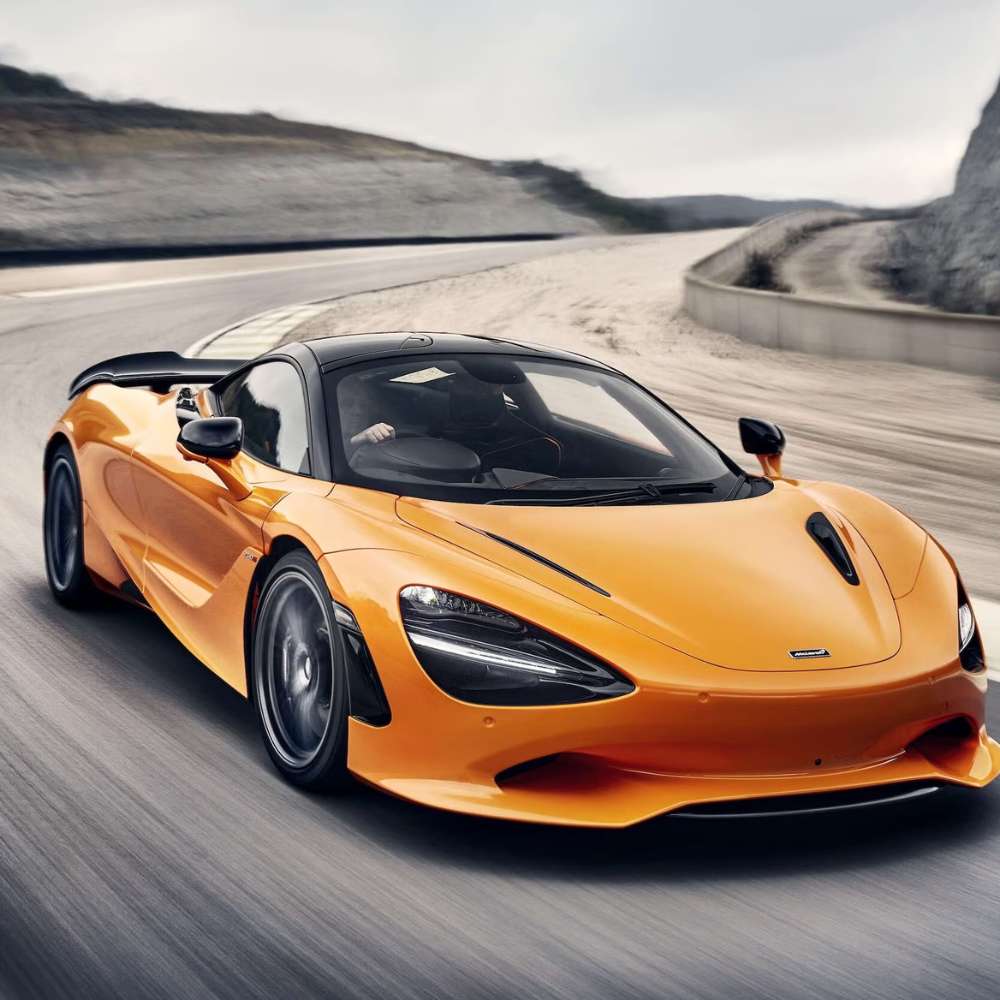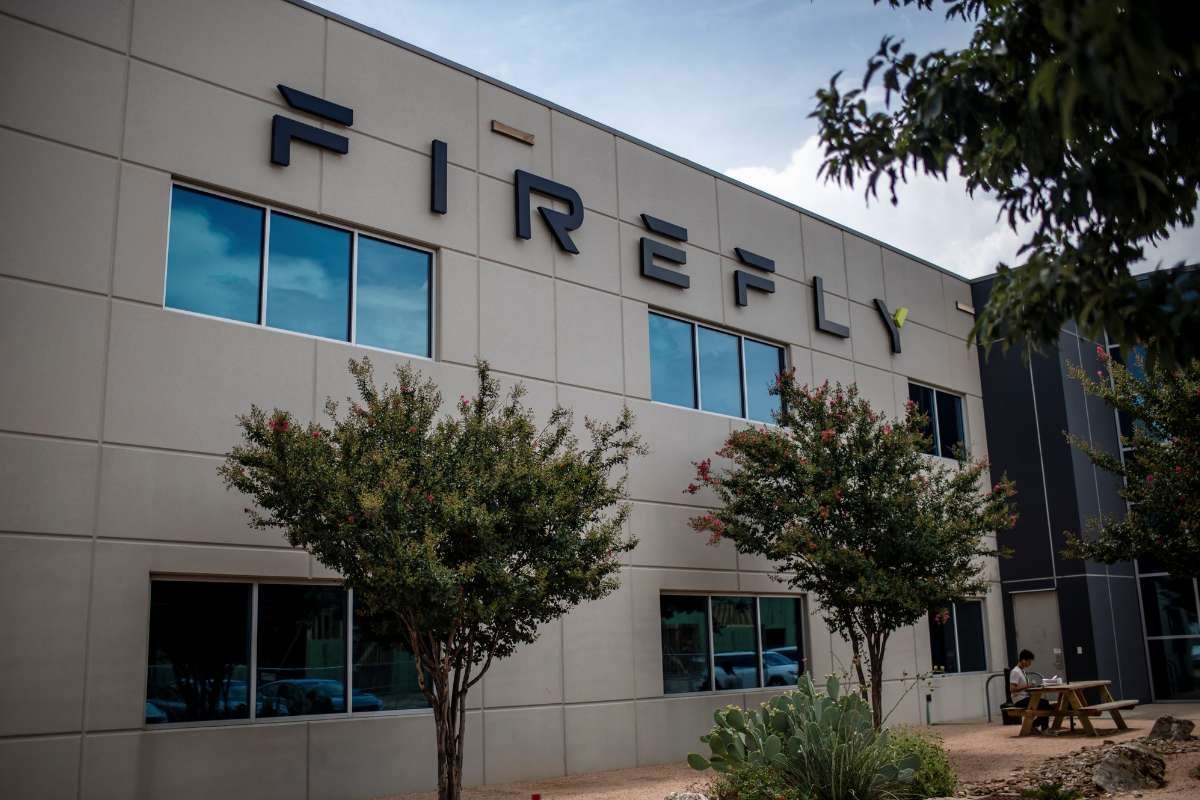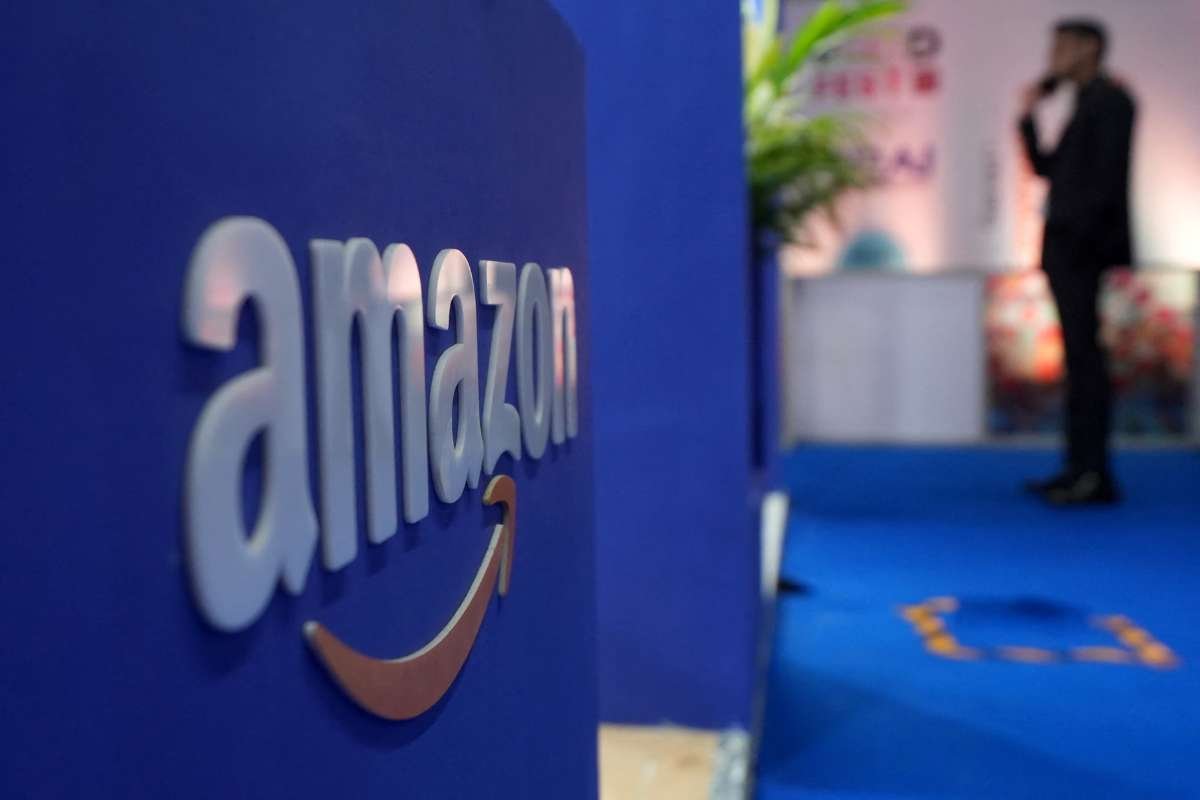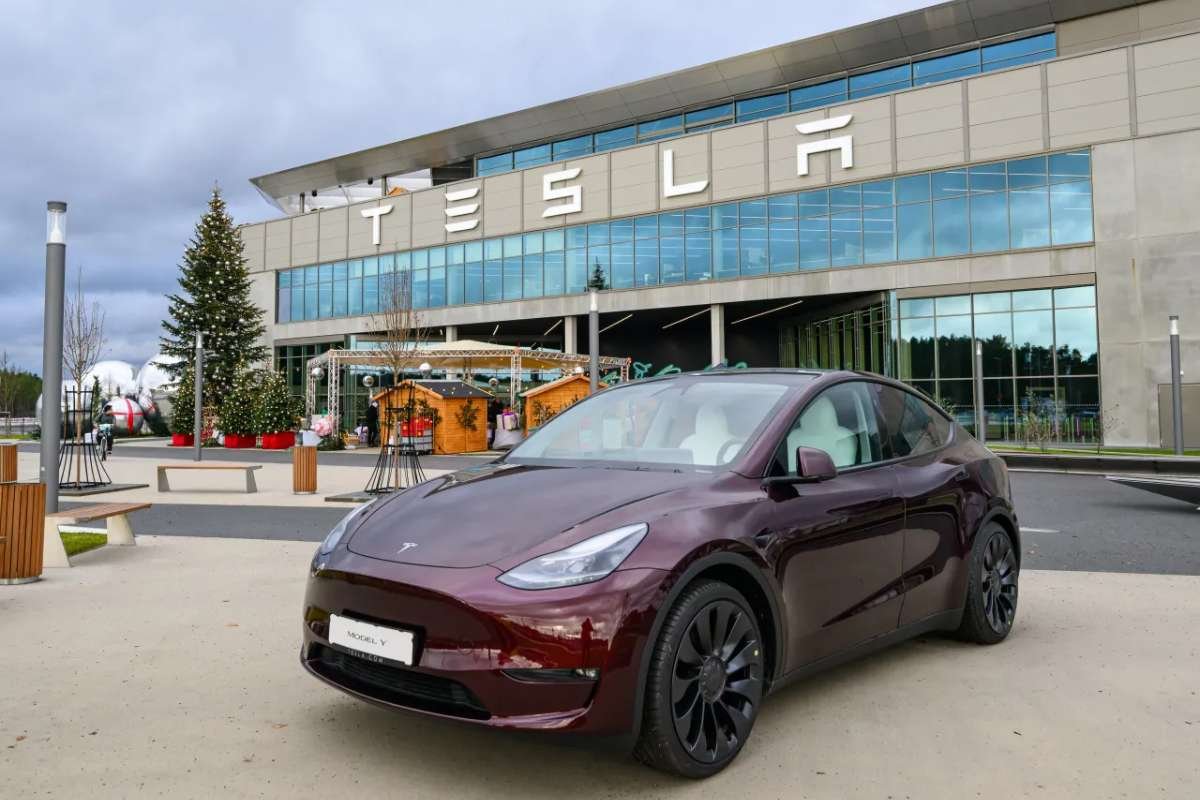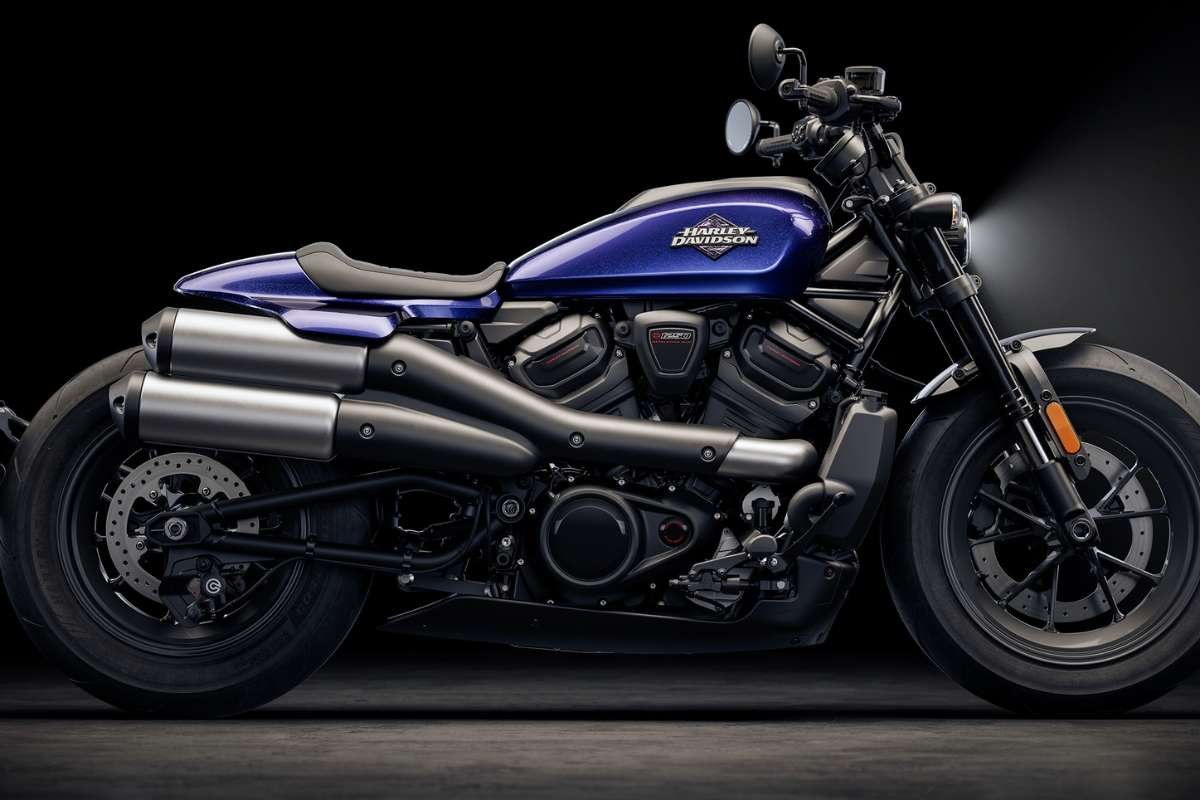Luxury fashion powerhouse Kering is reportedly set to appoint Luca de Meo, current CEO of Renault, as its new chief executive, marking a significant CEO crossover from automobiles to high fashion. According to sources cited by Reuters, the move is part of Kering’s broader strategy to revitalize its portfolio, which includes iconic brands like Gucci. This is not the first time a high-profile executive has made a dramatic shift across industries, and the results have varied widely.
Luca de Meo’s pivot adds him to a growing list of CEO Crossovers, where leaders crossed industry boundaries, bringing fresh perspectives and sometimes turbulence to their new sectors. From tech to travel, and fashion to pharmaceuticals, these leaders have challenged the norms and redefined the traditional path to corporate leadership.
Highs and Lows of Industry Swaps
Angela Ahrendts moved from Burberry to Apple, becoming one of its top-paid executives and spearheading a successful retail redesign before departing in 2019. On the other hand, Rosalind Brewer faced a tougher path when she joined Walgreens Boots Alliance from Starbucks. Her tenure, marked by a sharp decline in demand for COVID-related services, saw the company’s stock drop 47% before her exit in 2023.
Some CEO Crossovers have been game-changing. Lou Gerstner’s shift from RJR Nabisco to IBM in 1993 is hailed as a corporate turnaround success story. IBM’s stock soared 800% during his tenure. Similarly, Alan Mulally moved from Boeing to Ford, steering the automaker through the 2008 financial crisis better than many rivals.
But not all industry swaps yield success. Ron Johnson, formerly of Apple, faltered at J.C. Penney when his revamp strategy alienated core customers. William Perez’s short stint at Nike ended due to strategic disagreements with the company’s founder, while Robert Nardelli’s move from GE to Home Depot and later Chrysler ended in controversy and bankruptcy.
Lessons in Adaptability and Innovation
Several CEO Crossovers used their varied backgrounds to reshape their new companies. Dara Khosrowshahi brought leadership from Expedia to Uber at a time of significant legal and cultural challenges. Laxman Narasimhan’s jump from Reckitt Benckiser to Starbucks was intended to reinvent the brand amid rising competition, though his tenure was met with mixed market performance.
Other notable CEO Crossovers include Indra Nooyi’s rise at PepsiCo from ABB, and John Sculley’s leap from PepsiCo to Apple, which marked one of the most dramatic shifts in tech history. Meanwhile, Carol Tomé moved from Home Depot to lead logistics giant UPS, and Meg Whitman left Hasbro to build eBay, later transitioning through various tech leadership roles.
These examples underscore a growing trend: companies are increasingly willing to look beyond industry borders for leadership talent. While success isn’t guaranteed, such appointments can lead to innovative thinking, cultural shifts, and long-term strategic advantages, proving that sometimes, the best leaders come from unexpected places.
Visit Mr. Business Magazine to read more.

